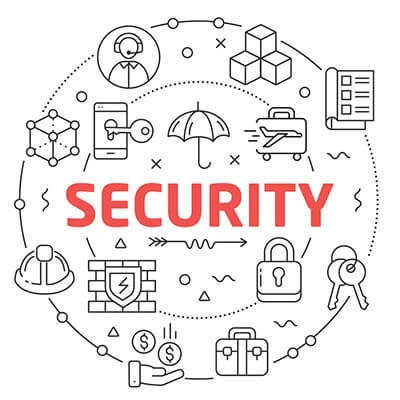Reports show security is a major concern when using a collaboration tool because it houses the customer data and also important internal data.
The benefits of collaboration tools are spoken everywhere: less reliance on email, more organic collaboration on projects, and better communication and relationships between teams.
Collaboration tools consist of solutions, including video conferencing, VoIP, document sharing, and instant messaging.
However, these tools create potential security threats, and evaluating vulnerabilities — and viable solutions — should be a sustainable part of our tool-selection process.
Security Threats To Be Aware Of — And Potential Solutions
Privileged users: Different individuals in the organization may have varying levels of access to your collaboration tool. With collaboration software, information can reside within unique partitions, with access restricted to selected team members. If a privileged user’s information is compromised, then the entire data will be available to all.






